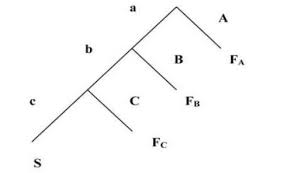Safety Moment #103: Human Error Modeling
Human performance is inherently unpredictable. Human beings are, after all, human. However, those working in industrial risk management have developed means of modeling types of human error, and the rates at which they can occur. One such technique is known as THERP (Technique for Human Error Rate Prediction). The method uses Boolean logic to model and predict human error rates.

